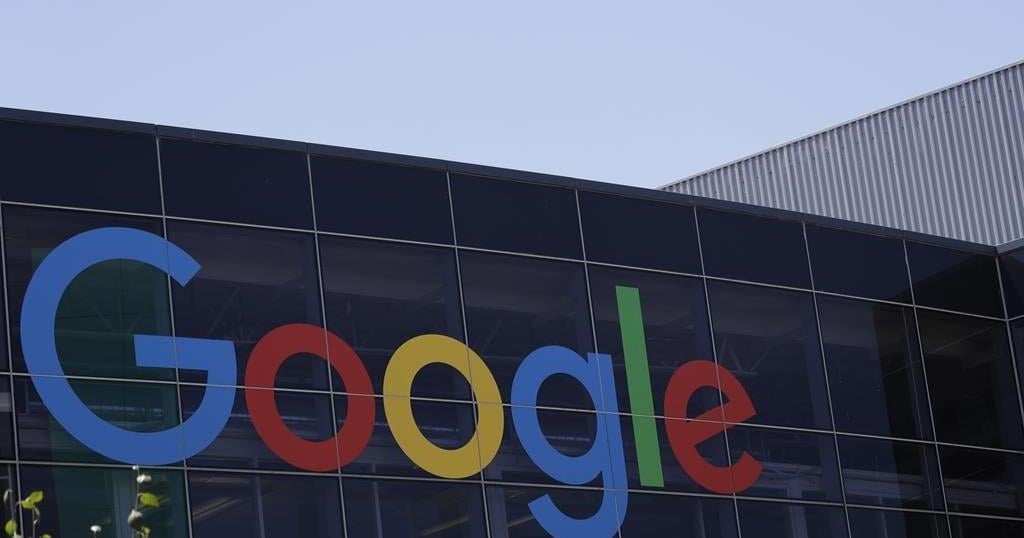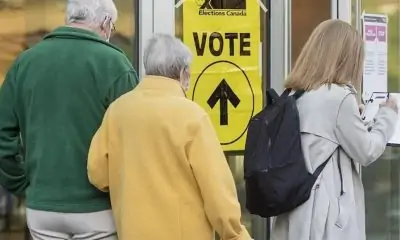A number of wildfires have emerged along major highways in British Columbia as the province swelters in a second heat wave this month and thunderstorms and winds are in the forecast.
The BC Wildfire Service said Wednesday that a new blaze is burning three kilometres south of Peachland, in the Okanagan, that shut down Highway 97 to vehicle traffic for hours.
Firefighters say the blaze on the west side of the highway reached about one hectare in size and is likely human-caused.
The fire is visible from the highway, and two wildfire crews and a helicopter have been activated alongside local fire departments from Peachland and Summerland.
“There are structures on the eastern side of Highway 97,” the wildfire service said in its social media post about the fire on Wednesday. “However, no structures are currently threatened by this wildfire.”
A wildfire next to Highway 1 east of Cache Creek was also discovered Wednesday, prompting single-lane alternating traffic on that stretch of highway.
Late Tuesday, crews also responded to a wildfire along another stretch of Highway 1 about 16 kilometres north of Boston Bar burning on the banks of the Fraser River near some railroad tracks.
The service said two attack crews, a response officer and helicopter support were on the scene of the blaze along with Canadian National Railway staff, and the 2.2-hectare blaze was being held as of Wednesday.
The BC Wildfire Service said in its bulletin that storms are expected over eastern B.C. up to the northern Rockies and winds are forecast to pick up across the province later this week, carrying the potential to fan the flames of nearly 160 current wildfires.
More than two dozen heat alerts were in place across B.C. Wednesday, and Environment Canada said the second heat wave for July is set to continue into next week in the Interior before gradually easing.
Heat records in the 30s fell in six places on Tuesday, including Pemberton, Whistler and Penticton, while Lytton recorded B.C.’s daily high of 40.9 C.
“With a heat wave ongoing for over two weeks, forest fuels are dry and very receptive to ignition,” the BC Wildfire Service update said. “A risk of thunderstorms and dry lightning strikes exists for inland reaches of the province, with higher risk in southern parts of the Cascade Range as well as the Columbias and the Robson Trench into the Nadina Fire Zone.”
The wildfire service also said the southern Interior and northeastern parts of B.C. can expect hazy skies due to smoke.
An evacuation order issued by the Cook’s Ferry Indian Band on Tuesday remained in place for its Nicoelton reserve, as two wildfires burn north of Spences Bridge.
The wildfire service said the Shetland Creek and Teit Creek fires are burning out of control, spanning a combined 534 hectares.
To combat the rising threat of wildfires, the province said Wednesday that it is providing $1.4 million through the Community Emergency Preparedness Fund to 29 B.C. communities to bolster their preparedness.
B.C. Emergency Management Minister Bowinn Ma said in a statement that the funds will go toward local emergency operations centres, or EOCs, as well as for training and supplies such as power generators.
“These EOCs are vital during disasters, providing fundamental co-ordination and support to ensure the safety of everyone in the community,” Ma said in her statement. “This provincial funding will help support improvements that help communities respond more swiftly and effectively during emergencies.”
This report by The Canadian Press was first published July 17, 2024.
























